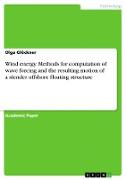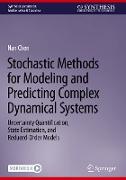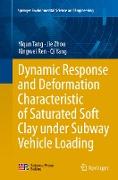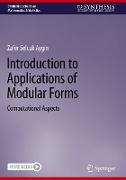Wind energy. Methods for computation of wave forcing and the resulting motion of a slender offshore floating structure
BücherAngebote / Angebote:
Academic Paper from the year 2014 in the subject Engineering - Civil Engineering, grade: 1, 0, University of Hannover (A&M, University Texas, Ludwig-Franzius-Institut für Wasserbau, Ästuar- und Küsteningenieurwesen), language: English, abstract: This thesis investigates how wave loads act on an OC3 Hywind spar-buoy. The author analyzes the resulting motions of the support platform. This work also contains a detailed presentation of the topic with useful additional information and graphics.Unlike fossil fuels (like oil, coal and natural gas), wind energy is a renewable energy resource. Since winds at sea are stronger and more consistent than onshore winds, the demand for offshore wind turbines has increased over the last years. As energy can be produced more efficient in deeper water, several floating offshore wind turbine constructions, such as the OC3 Hywind spar-buoy, have been proposed. The design of floating wind turbines depends on the simulation of the system behavior caused by exciting forces.A general overview of regular and irregular waves as well as hydrostatic and hydrodynamic loads acting on floating structures is given in chapter 2. Furthermore, essential formulations for calculating motions of FOWTs are given at the end of this chapter. Since all simulations carried out in this thesis are based on the OC3 Hywind concept, detailed information about this floating wind turbine model are given in chapter 3. Three different methods are used for the estimation of wave induced loads and motions. Section 4 describes a modified Morison formulation in the time domain which is applied by the commercially available software MATLAB.On the basis of the diffraction theory the commercial offshore software package SESAM simulates wave excitation forces and responding motions which are presented and discussed in chapter 5. The third method is the open source code FAST that computes wave induced loads and motions based on the first-order potential theory and Kane's equation of motion. Basic formulations used in FAST and essential hydrodynamic results are shown in chapter 6. The comparisons between the simulations of the three programs are represented and the individual results are analyzed in chapter 7.
Folgt in ca. 10 Arbeitstagen




